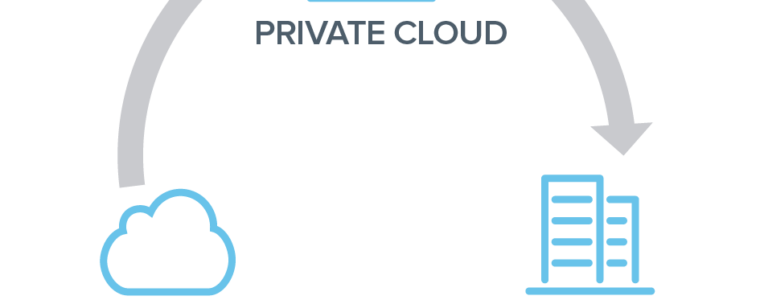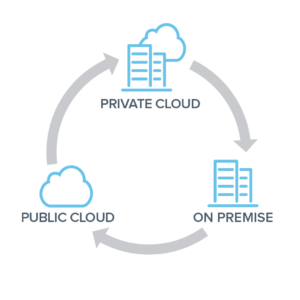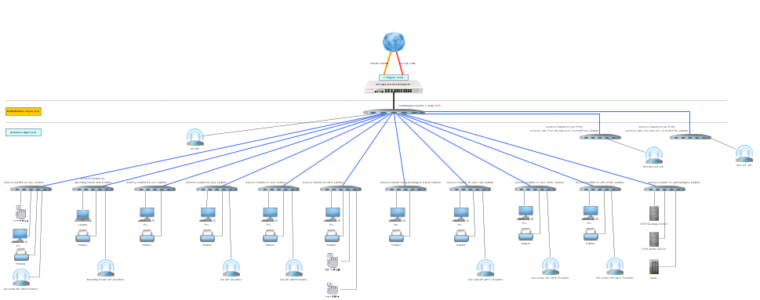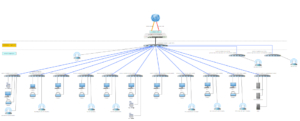Traditional small and medium-sized enterprises (SMEs) face tough challenges today, from competition with eCommerce giants to fast-changing market trends. For physical businesses like restaurants, retail shops, and service providers, staying competitive requires a digital edge—and that’s where Generative AI (GenAI) comes in. GenAI tools are now accessible and affordable, making it easier for SMEs to increase productivity, reduce costs, and enhance customer experiences without needing advanced tech skills.
This article explores how SMEs can use GenAI to optimize key areas like customer service, marketing, and operations, helping traditional businesses thrive in a digital-first world.

What is Generative AI, and How Can It Help SMEs?
Generative AI is an advanced form of artificial intelligence that creates new content—such as text, images, and even data predictions—from existing information. It can handle repetitive tasks, generate personalized marketing content, and offer insights that support smarter decision-making.
Benefits of GenAI for SMEs:
- Increased Productivity: GenAI tools automate repetitive tasks, freeing employees to focus on high-impact activities. Tasks like answering common customer questions or generating promotional content can be handled swiftly by GenAI solutions.
- Cost Savings: AI-driven solutions reduce the need for manual labor in customer support, marketing, and operations, lowering costs without sacrificing service quality.
- Improved Customer Engagement: By analyzing customer data, GenAI enables personalized recommendations, helping SMEs engage customers more effectively and encourage repeat business.
- Data-Driven Decision-Making: GenAI provides valuable insights from data, empowering SMEs to make informed decisions and optimize business processes.
Challenges to Consider: While GenAI offers many advantages, SMEs should be aware of setup costs, data privacy requirements, and the need for staff training. Addressing these factors can ensure a smoother transition to AI-powered operations.
How SMEs Can Use GenAI Across Key Business Areas
- Customer Service and Engagement
GenAI can significantly enhance customer service, helping small businesses deliver quick, personalized responses at any hour.
- AI Chatbots for Instant Support: Many SMEs can benefit from chatbots on their websites or social media channels. These chatbots can handle frequently asked questions, provide store hours, accept reservations, and suggest products or menu items. This not only improves customer satisfaction but also frees up employee time.
- Personalized Customer Support: AI can analyze past customer interactions and preferences to offer tailored recommendations. For example, a restaurant could suggest menu items that align with a customer's dietary choices, enhancing their experience and building loyalty.
- 24/7 Availability: For businesses without round-the-clock support, AI chatbots allow customers to access essential information anytime, even after hours, boosting service consistency.
- Marketing and Content Creation
Marketing is often a time-consuming task for SMEs. GenAI can simplify this by automating content creation and enhancing customer outreach.
- Social Media Management: GenAI tools can help create and schedule social media posts, ensuring consistent online engagement. This is ideal for businesses with limited marketing resources who still want to maintain a strong social presence.
- Automated Content Creation for Product Descriptions and Ads: AI can generate product descriptions, blog posts, and advertisements in minutes. For example, a retail store can use GenAI to craft engaging, SEO-optimized descriptions that draw in online customers.
- Tailored Email Campaigns: GenAI can help segment customers based on buying patterns and preferences, allowing businesses to create targeted email promotions. These personalized offers often lead to higher customer engagement and conversion rates.
- Sales and Revenue Optimization
From dynamic pricing to product recommendations, GenAI can help SMEs optimize their sales approach and increase revenue.
- Demand Forecasting: GenAI can analyze past sales data to predict product demand, helping SMEs avoid overstocking or understocking. A bakery, for example, can use demand forecasting to decide how much product to prepare daily, reducing waste and maximizing profit.
- Dynamic Pricing: AI-driven pricing tools help SMEs adjust their prices based on factors like demand, competition, and seasonality. This ensures prices remain competitive while optimizing revenue.
- Cross-Selling and Upselling Suggestions: GenAI can recommend complementary products to customers based on their purchasing history. For instance, a clothing store might suggest accessories when a customer buys a new outfit, boosting average sales per customer.
- Operational Efficiency and Staff Productivity
GenAI can streamline operational tasks, freeing employees from mundane processes so they can focus on what matters most.
- Inventory Management: AI-driven inventory tools monitor stock levels, automate reordering, and help predict demand, which is crucial for businesses like restaurants and retail stores where accurate inventory management directly impacts profits.
- Shift Scheduling: By analyzing historical data on peak hours and foot traffic, AI can help create optimized staff schedules, ensuring businesses have the right staff at the right times and reducing unnecessary labor costs.
- Automated Reporting: Many SMEs spend significant time on daily, weekly, and monthly reporting. GenAI can automate this process, generating reports on sales, inventory, and customer feedback, allowing managers to focus more on strategic planning.
- Financial Management and Analysis
GenAI can simplify financial tasks, making budgeting and forecasting easier, especially for SMEs without large financial teams.
- Budget Forecasting: AI can analyze historical financial data and trends to forecast budgets and cash flow, supporting smarter financial planning.
- Automated Invoicing and Bookkeeping: GenAI-powered tools streamline invoicing and expense tracking, reducing human error and saving time.
- Expense Tracking and Analysis: AI can identify spending patterns, helping businesses optimize costs and control expenses. SMEs can use this information to adjust their budgets and make data-backed decisions.
Getting Started: Implementing GenAI in Your SME
Assessing Business Needs and Opportunities
Start by identifying high-impact areas for AI implementation. Focus on tasks that consume time and resources but don’t directly drive revenue, such as answering common customer queries, managing inventory, or posting to social media. This allows you to see immediate benefits and ROI from AI adoption.
Selecting GenAI Tools
Choose tools that align with your goals, budget, and technical skills. Look for user-friendly platforms that integrate well with existing systems and prioritize data privacy. Options include chatbot services like ChatGPT, marketing tools like Mailchimp, and demand forecasting tools like Salesforce Einstein.
Training Staff and Encouraging Innovation
Provide staff with training on AI tools and emphasize how they support, rather than replace, their roles. Create an environment that welcomes new ideas and emphasizes the value of digital tools in maintaining a competitive edge.
Ensuring Data Privacy
Data privacy is crucial when using AI, especially if customer data is involved. Make sure to follow industry best practices, anonymize data where possible, and comply with regulations like GDPR or CCPA. This builds customer trust and ensures legal compliance.
Real-World Examples: GenAI in Action for SMEs
Example 1: Local Restaurant Enhances Customer Service with Chatbots
A family-owned restaurant implemented an AI chatbot on its website to handle inquiries on hours, reservations, and menu options. This freed up staff and allowed customers to receive information instantly, enhancing overall satisfaction and repeat visits.
Example 2: Retail Store Uses AI for Inventory Management
A small retail store used AI-based inventory management to track stock levels and predict demand, avoiding overstock issues and reducing waste. The tool enabled more efficient stock management, ultimately improving profitability and cash flow.
Example 3: Service Business Automates Marketing with AI
A salon used GenAI to manage its social media and send personalized promotions to clients based on their service history. This approach led to higher customer engagement and an increase in repeat bookings.
Looking Ahead: Future GenAI Opportunities for SMEs
GenAI is evolving quickly, and SMEs that stay informed can leverage new developments such as voice-based AI customer service and enhanced predictive analytics. By continuing to invest in digital skills and tools, SMEs can maintain a competitive edge, adapt to changing trends, and meet customer needs effectively.
Conclusion
Generative AI presents traditional SMEs with valuable tools to improve productivity, save costs, and engage customers more effectively. Starting small and experimenting with AI applications in high-impact areas can help businesses harness GenAI’s potential while building digital capabilities for the future. With thoughtful planning and a willingness to innovate, SMEs can use GenAI to thrive in today’s challenging marketplace.










 Archsolution Limited
Archsolution Limited





